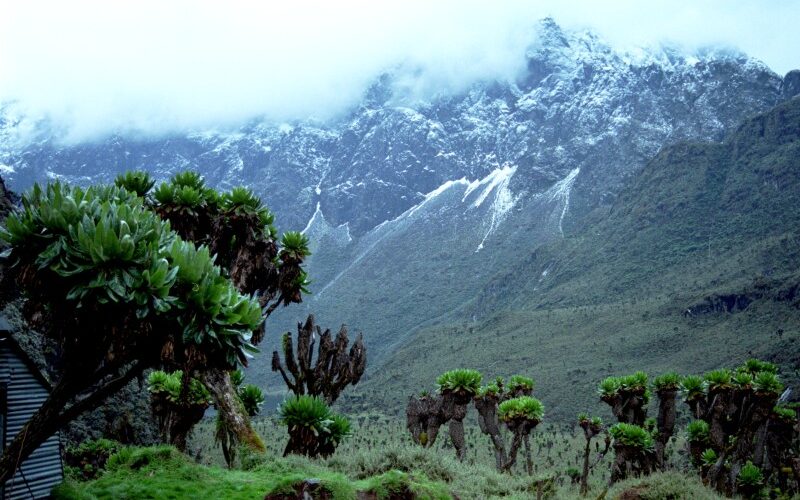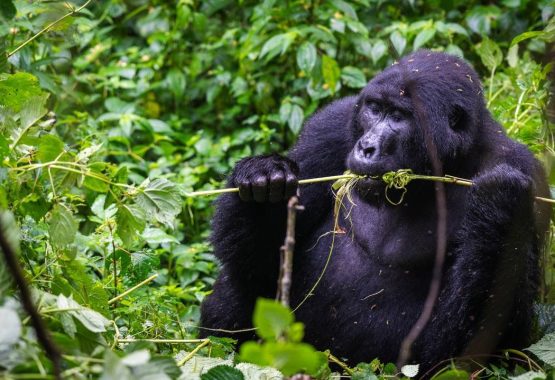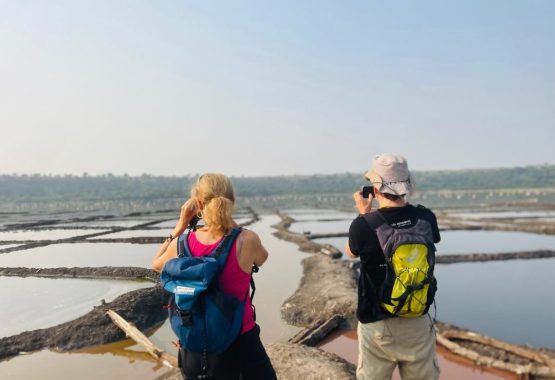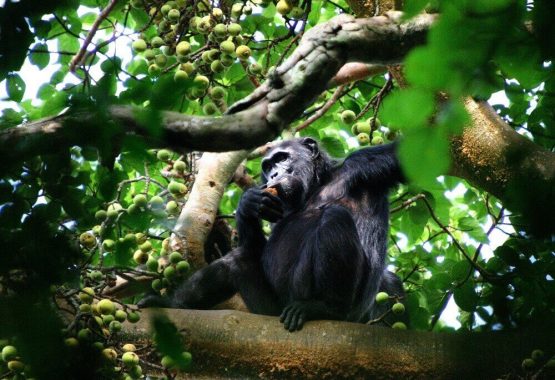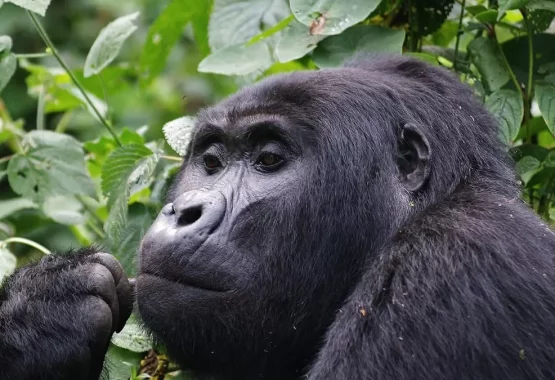Uganda is more than a country, it’s the “Pearl of Africa”– as fondly described by Sir Winston Churchill, and the former British Prime Minister who was enthused by what he found in the East African country.
In 1908, Mr. Churchill penned a book entitled “My African Journey” about his trip to Uganda in 1907, saying, “For magnificence, for variety of form and color for profusion of brilliant life – bird, insect, reptile, and beast – for vast scale – Uganda is truly the Pearl of Africa. Since then, many a people and institutions have labelled Uganda as one of the nations with the most breathtaking features.
Below is the list of World Heritage Sites found in Uganda. A World Heritage Site is a place that is listed by the United Nations Educational, Scientific and Cultural Organization (UNESCO) as being of special cultural or physical significance. =
This list should encourage you to travel and see some of these gorgeous features in Uganda for yourself.
1. Bwindi Impenetrable Forest
Located at the junction of the plains and mountain forests, Bwindi Impenetrable National Park has been described by UNESCO as “an isolated forest of outstanding biological richness”. This ancient forest contains more than 160 species of trees and over 100 species of ferns – and more famously, almost half the world’s mountain gorillas. As it is surrounded by one of the most densely populated rural areas in Africa, community benefits arising from gorilla tracking and other sustainable tourism initiatives may be the only hope for the future conservation of this precious site.
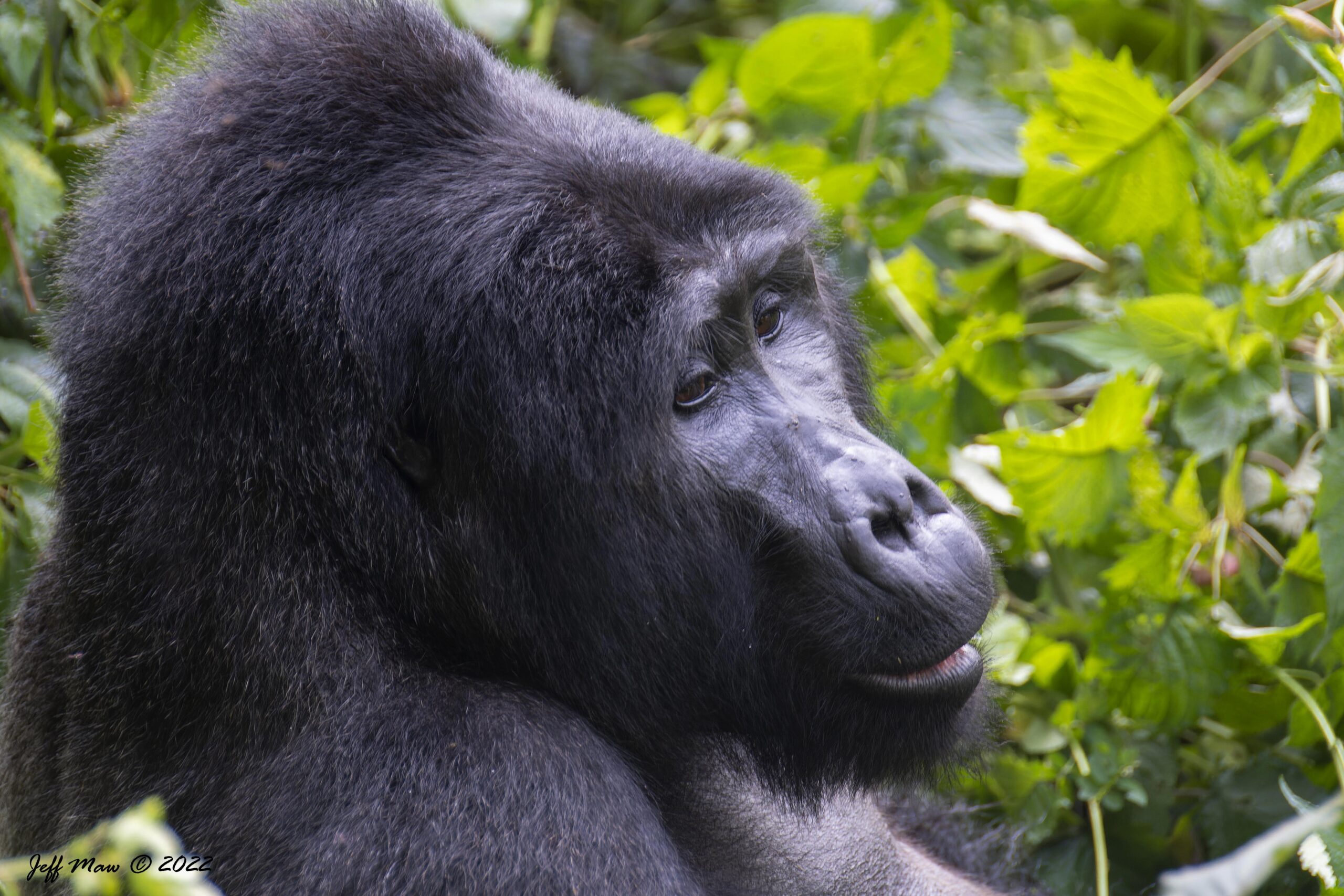
2. Rwenzori Mountains
Rwenzori Mountains National Park comprises the main part of the Rwenzori mountain chain, which includes Africa’s third highest peak at 5109m above sea level. The combination of spectacular snow-capped peaks, glaciers, V-shaped valleys, fast flowing rivers with magnificent waterfalls, clear blue lakes and unique flora contributes to the area’s exceptional natural beauty. The mountains support the richest montane flora in Africa, encompassing the charismatic giant lobelias, groundsels, and giant heather which have been called “Africa’s botanical big game”.
3. Kasubi Royal Tombs
This site is a UNESCO World Heritage Site. Initially established by the late (King) Kabaka Suuna II in 1852, it was reoccupied again in 1882 when the late King Muteesa I relocated to Nabulagala Hill and renamed it Kasubi after his birthplace. He constructed a large mausoleum called Muzibuazaalampanga (King is born by a King). Muteesa I died in 1884 and he was the first Kabaka to be buried with his jawbone intact in a casket that was made by the missionary Alexander Mackay. This place was abandoned as was the practice then and his successor Mwanga chose Mmengo as his capital.
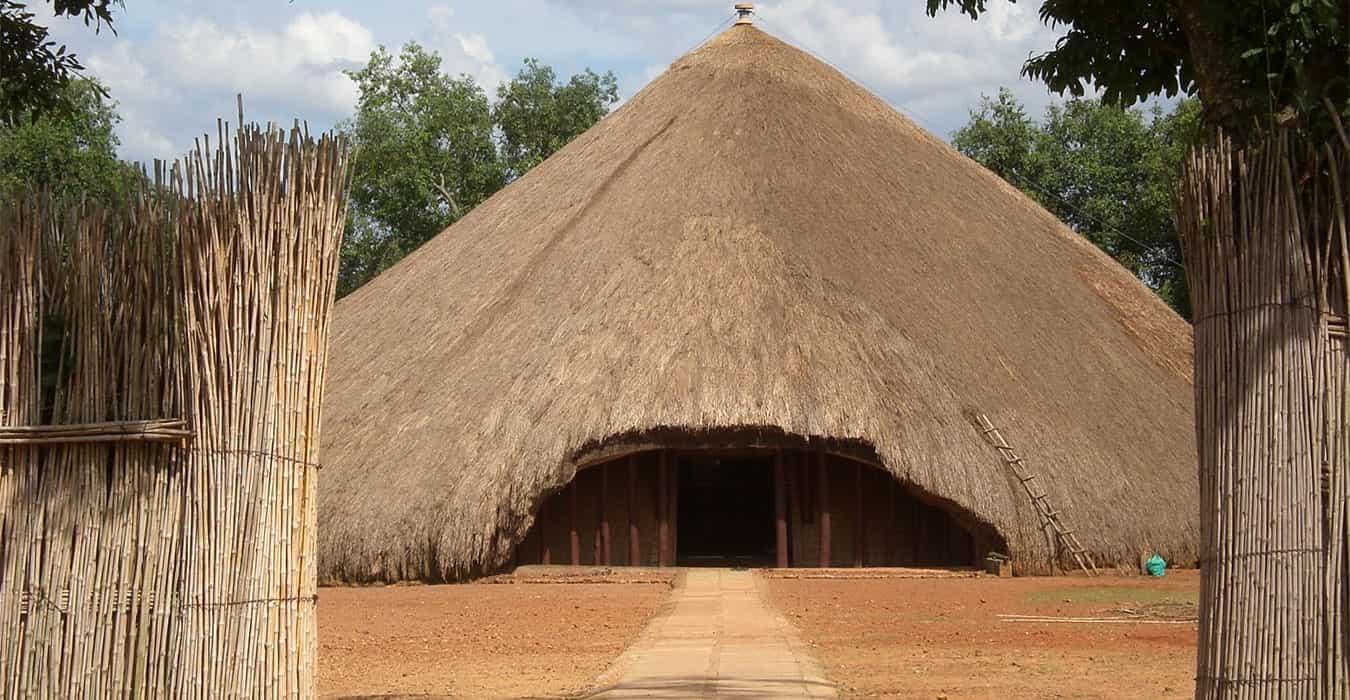
However in a break from tradition, Mwanga was buried at Kasubi rather than Mmengo becoming the second King to be buried there in 1910, seven years after his death while in exile in the Seychelles. The tombs of Daudi Ccwa II who reigned from 1897-1939 and Muteesa II are also housed at the site. Female descendants of the deceased wives of the late Kings are charged with maintaining the tombs and the tombs are accessed through a traditional hut called Bujjabukula.

